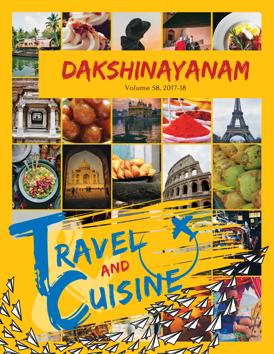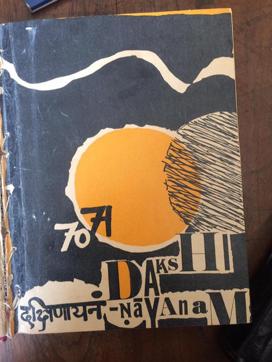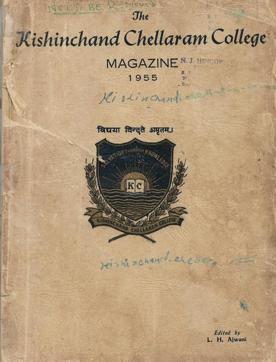Campus notes: How college magazines are changing
In one of India’s oldest universities, new narrative styles, evolving design and a growing web presence are helping college mags reinvent.
The University of Mumbai is one of the oldest in the country, and some of its colleges are more than half a century old. These colleges’ annual magazines reflect the voices of their students, and over the decades, their content, language, tone, look and design have changed in interesting ways.

Some have matured in terms of the issues they take on, others have embraced research and new-age design, still others have seen readership boom thanks to their digital presence.
The SIES magazine, Dakshinayanam, is 58 years old. “Content in the initial years was social commentary of an extremely serious nature. Later, this sense of awareness got lost in the late 1990s and early 2000s, which we presume was due to the rise of pop culture,” says TYBA student Shweta Kushe, who is on the editorial team.

“We see seriousness make a comeback with students writing satire on fascism, gender and access to public spaces, etc, in the 2010s. We feel the edition of 2014-15 was watershed, because the magazine evolved considerably in terms of design and curation. Multiple new sections were introduced for alumni too.”
KC College’s Kiran was born in 1954. “We went from a report-writing style to being more interactive, with surveys and opinion pieces. For the past 15 years, we have also had a theme for each issue, with the most recent one being YOLO – You Only Live Once,” says Mehak Gvalani, vice-principal of KC college and chief editor of the magazine.
Sophia College’s Sophia has changed tremendously in the past decade. In terms of content, the older editions were extensively researched articles on culture. “The 1982 edition spoke of Bombay through a historical lens, and carried with itself an aesthetic appeal that seems relatively rare in later editions. In terms of design, its hand-sketched illustrations have given way to colour photographs and digital illustrations,” says Preity Bhandary, TYBA student and editor-in-chief of the magazine. This magazine experiments with fonts and content. The 2017-18 edition featured a mix of personal narratives, poems and reported pieces.

The SNDT Women’s University’s Premlila Vithaldas polytechnic institute has a magazine called Polytalk that has been in circulation for 32 years. “Till 1996, the magazine ran in black and white, with a formal style of writing and less photographs. Colour and shape have changed over the years. Our 2015 edition marked the digital beginning of Polytalk,” says Sachin Laddha, principal of the institute.
CONTENT GOES MULTI-LINGUAL
Multilingual content has been growing across colleges. Dakshinayanam runs as a bilingual magazine, but that there have been editions with as many as eight languages in print. Its most recent edition featured six, including French and German.
“The idea is to demolish barriers constructed by English-language hegemony and provide platform for voices irrespective of the language in which they are conveyed,” says Kushe.
Sophia has been multilingual for decades, accepting and encouraging entries in languages such as Urdu, Marathi and Hindi; the magazine now also receives and publishes content in French and Gujarati.

Online access has changed how people read. Susan Lobo, associate professor of the English Department at St Andrew’s college says the reach of the college magazine Andrannual has grown since self-financed courses were instituted, and since the magazine began to be published in digital format on the college website. Similarly, SIES’s Dakshinayanam too, went digital in 2014 and Polytalk’s e-version offers different languages.
KC College says it is set to digitalise its magazine as a next step in terms of technology, and as an attempt to reduce the use of paper and be more eco-friendly.
“Every college magazine is the soul of the college as it not only mirrors the achievements of the institution but also the voices of the students and staff who form the pillars of the institute,” says KC vice-principal Gvalani.












